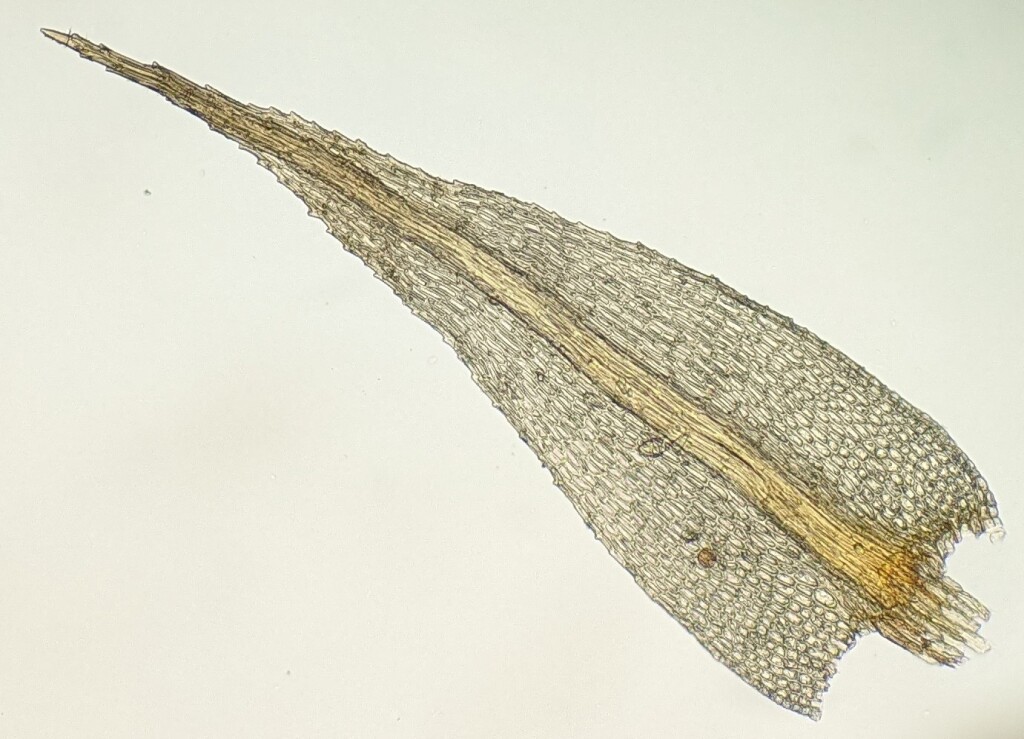Pohlia nutans
(Hedw.) Lindb.Paroicous, occasionally synoicous. Asexual propagules absent. Plants pale to dark green, forming turves, dense or loose tufts or scattered singly on mineral or humus-rich non-calcareous soil, rocks or logs. Stems erect, 4–30 mm long, reddish, simple or sparingly branched, sparsely tomentose near base with brown rhizoids. Leaves lanceolate, 0.8–2.6 mm long, 0.5–1 mm wide, erect to erect-spreading when moist, appressed and often twisted around stem when dry, carinate to concave, not or weakly decurrent; apex acute or acuminate; costa subpercurrent, percurrent or rarely short-excurrent; margins serrate to serrulate near apices, narrowly recurved near base; laminal cells near apices short to long fusiform, 35–57 μm long, 5–7.5 μm wide, smooth; midlaminal cells short to long-rectangular, 30–80 μm long, 8–14 μm wide, smooth; basal laminal cells short rectangular, 30–80 μm long, 13–24 μm wide, smooth. Seta 10–85 mm long, yellowish brown to reddish brown, smooth. Capsules horizontal to pendent, symmetric or slightly curved, pyriform, 2.5–6 mm long, with a revoluble annulus. Operculum conic and apiculate, c. 0.2–0.9 mm long. Peristome double; exostome well-developed; endostome with well-developed segments, with a high basal membrane; cilia well-developed.
VVP, OtP, WaP, CVU, GGr, DunT, EGL, EGU, WPro, HSF, HNF, OtR, HFE, VAlp. Scattered along and south the Great Dividing Range from the alpine zone to sea-level, most often beside bogs or streams, but also among moist rocks and at cave entrances and occasionally among dry-sclerophyll forest. Also SA, NSW, ACT and Tas. Cosmopolitan.
 Spinning
Spinning

